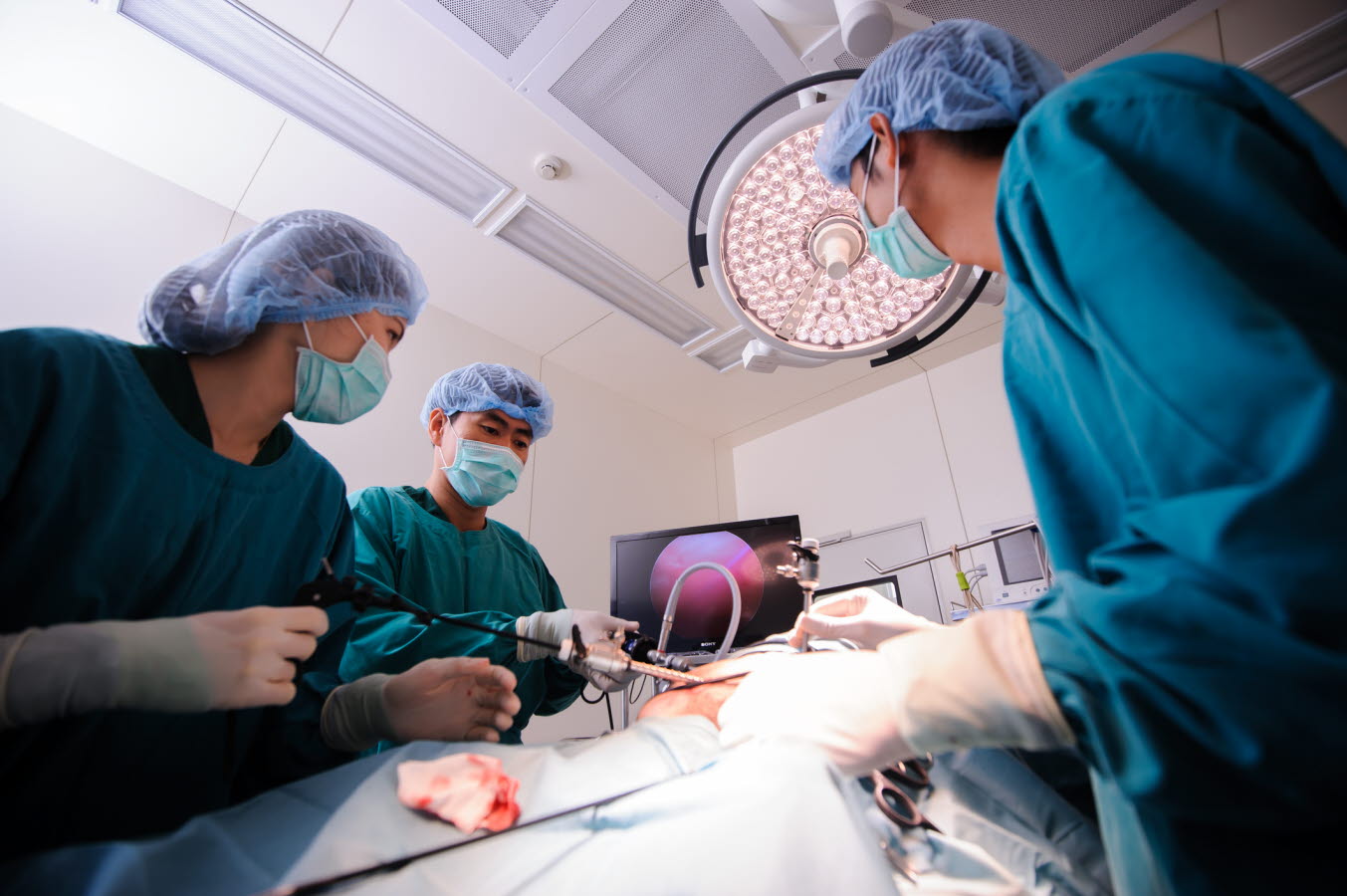How veterinarians manage anaesthesia

Not only are veterinarians experienced in surgery, medicine, dentistry, imaging and animal handling, but they’re also highly skilled in performing anaesthesia to support your animal during surgery and other procedures.
What is a general anaesthetic?
A general anaesthetic involves administering combinations of drugs to your animal to allow surgery, dental treatment, or other involved procedures such as MRI or CT imaging scans to be performed. The anaesthetic drugs make your pet unconscious and relaxed, and ensure they feel no pain during this period of time.
What will a general anaesthetic on my pet involve?
A general anaesthetic involves a series of steps:
- Pre-medication - This involves giving your animal one or several medications to make them feel sleepy and calm. If your animal will be undergoing a painful procedure, this sedation will also include pain relief medication.
- Induction - This involves putting your animal into an unconscious state. This is most often done by administering anaesthetic medications into your animal’s vein.
- Anaesthetic maintenance - Your animal is carefully kept in a steady state of anaesthesia for their surgery or procedure. They are maintained deeply enough so that they don’t feel any pain, but not so much as to excessively slow their breathing or heart function. This maintenance may be done with anaesthetic gas mixed with oxygen (which your animal breathes in via a tube in their windpipe), or a slow constant administration of anaesthetic medication into their vein.
- Recovery - This involves allowing your animal to slowly wake from the anaesthetic when their surgery or procedure is complete. They are placed in a calm, quiet area on soft bedding, and supervised until they’re sufficiently recovered to breathe and move properly on their own.
What are the risks of a general anaesthetic?
General anaesthetics hold varying degrees of potential risk for any animal and your veterinarian will discuss this with you as they explain the procedure that your pet is to undergo. In some rare cases, pets may experience an allergic reaction to medications, or they may become too deep under anaesthetic, causing their breathing or heart function to slow or stop. Sometimes an animal’s body temperature can drop under general anaesthetic, and this can more commonly occur in patients who are very unwell, very old or very young, or have an underlying problem such as significant liver or heart disease.
How does my vet maximise my pet’s safety under anaesthetic?
Your vet will examine your animal prior to anaesthesia, and suggest additional investigation such as blood testing to check your pet’s general health. This helps to screen your pet for underlying issues which would make them more sensitive to anaesthetic or particular drugs, and allows your vet to choose the optimal drug combination for your pet.
Additionally, your vet and a veterinary nurse will be monitoring your pet’s anaesthetic with special equipment, and are trained to recognise signs of developing problems, such as low heart rate, insufficient breathing, low blood pressure or hypothermia (low body temperature). In most cases, your vet will be able to detect problems early and implement measures to correct them.
General anaesthesia is a common procedure in veterinary practice, and your vet will be happy to answer any queries you may have about your pet’s health or about a procedure they may be due to undergo.
